
Indeed, it was plastics that got me to the islands for the first time. When I finished Honours way back in 1983, I had to choose between getting a ‘real job’ as a biologist at the State Museum in Windhoek and studying the impacts of plastic ingestion on seabirds. This was a time when plastic ingestion was more of a curiosity than a concern and people weren’t queuing up to study the problem. For me, the main appeal of the project was that it meant going to Marion and Gough. Needless to say, the islands won.
In 1984 I visited Gough Island, where I collected samples from Great Shearwaters that provided the first evidence that polychlorinated biphenyl (PCB) concentrations were linked to plastic ingestion. On the return journey, we had three hours ashore on Inaccessible Island and I recorded all the litter washed up along about a kilometre of the boulder beach between Blenden Hall and West Point. I have repeated this exercise on subsequent visits to the island to track how the amount of litter has changed over time. It resulted in a short letter to Nature in 1993 entitled ‘Marine litter keeps increasing’, which noted how litter on Inaccessible continued to grow, even though the dumping of plastics and other persistent wastes had been banned in terms of the International Convention for the Prevention of Pollution from Ships (MARPOL) at the end of 1988.
Unsurprisingly, with every visit it is clear that the amount of litter on the beach has continued to increase. This doesn’t necessarily mean that the quantity of jetsam is increasing – much of the litter on the island has been there for years. I still recognise some of the more exotic floats from the 1980s and the oldest dated item we found in 2018 was a large plastic canister made in March 1971. Indeed, there are still bits of metal and wood from the Blenden Hall, the illfated British East Indiaman that wrecked there in 1821.
هذه القصة مأخوذة من طبعة January - February 2020 من African Birdlife.
ابدأ النسخة التجريبية المجانية من Magzter GOLD لمدة 7 أيام للوصول إلى آلاف القصص المتميزة المنسقة وأكثر من 8500 مجلة وصحيفة.
بالفعل مشترك ? تسجيل الدخول
هذه القصة مأخوذة من طبعة January - February 2020 من African Birdlife.
ابدأ النسخة التجريبية المجانية من Magzter GOLD لمدة 7 أيام للوصول إلى آلاف القصص المتميزة المنسقة وأكثر من 8500 مجلة وصحيفة.
بالفعل مشترك? تسجيل الدخول

EXPLORING NEW HORIZONS
Keith Barnes, co-author of the new Field Guide to Birds of Greater Southern Africa, chats about the long-neglected birding regions just north of the Kunene and Zambezi, getting back to watching birds and the vulture that changed his life.

footloose IN FYNBOS
The Walker Bay Diversity Trail is a leisurely hike with a multitude of flowers, feathers and flavours along the way.
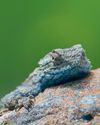
Living forwards
How photographing birds helps me face adversity
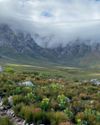
CAPE crusade
The Cape Bird Club/City of Cape Town Birding Big Year Challenge
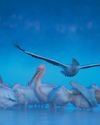
water & WINGS
WATER IS LIFE. As wildlife photographer Greg du Toit knows better than most.
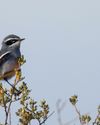
winter wanderer
as summer becomes a memory in the south, the skies are a little quieter as the migrants have returned to the warming north. But one bird endemic to the southern African region takes its own little winter journey.
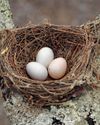
when perfect isn't enough
Egg signatures and forgeries in the cuckoo-drongo arms race
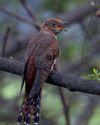
Southern SIGHTINGS
The late summer period naturally started quietening down after the midsummer excitement, but there were still some classy rarities on offer for birders all over the subregion. As always, none of the records included here have been adjudicated by any of the subregion's Rarities Committees.
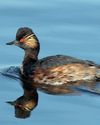
flood impact on wetland birds
One of the features of a warming planet is increasingly erratic rainfall; years of drought followed by devastating floods. Fortunately, many waterbirds are pre-adapted to cope with such extremes, especially in southern Africa where they have evolved to exploit episodic rainfall events in semi-arid and arid regions. But how do waterbirds respond to floods in areas where rainfall - and access to water - is more predictable? Peter Ryan explores the consequences of recent floods on the birds of the Western Cape's Olifants River valley.
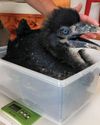
a star is born
It’s every producer’s dream to plan a wildlife television series and pick the right characters before filming.